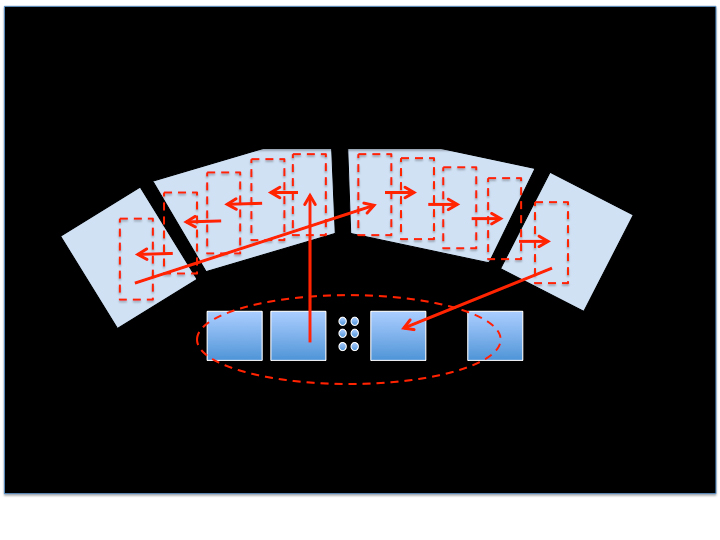UAS Information for Manned Aircraft Operators
UAS Operations
Currently UAS operations are normally limited to daylight operations, less than 400 feet in altitude and within the line of sight of the operator. UAS operators are directed to not interfere and give way to any manned aircraft. In the fall of 2016, the FAA was receiving UAS sightings from manned aircraft pilots at a rate of more than five per day. Any search of UAS footage on YouTube is likely to turn up several examples of UAS misuse. UAS might be difficult to see, similar to birds. In addition, the movements of UAS may be more erratic, making them harder to avoid than birds. Should you observe a UAS while in-flight the encounter should be reported to the FAA Flight Standards District Office. In Minnesota, that number is 612-253-4400.
UAS Operators
There are three basic types of UAS operators—
Model aircraft operators:
Model aircraft operators fly UAS for hobby or recreation. The FAA added requirements to 14 CFR, Part 101.41, Special Rule for Model Aircraft, that govern these operators. Some of these operators are very professional, flying in accordance with a community based set of standards, such as those used by the Academy of Model Aeronautics (PDF). Others purchase UAS and start operating without any knowledge of best practices or requirements. If model aircraft operators fly UAS outside, they are required to have a registration number from the FAA and to put that number on all their UAS. They are required to notify airport operators and control towers (when applicable) prior to flying within five miles of an airport.
Commercial UAS pilots:
Commercial UAS operators are typically flying for hire and require some type of pilot certificate. Some operate on their manned pilot certificate, but most have transitioned to a Remote Pilot Certificate with a Small UAS Rating. Government operators are about the only professional drone operators that may not be carrying a certificate. In order to get the certificate, UAS operators need to pass a knowledge test on airspace, weather, aerodynamics and several other subjects. Theoretically, they understand operating in the airspace much like you may have before you started flying. Since there is no practical test for a remote pilot certificate, there may be gaps in their understanding of how airspace works. Generally, these folks are flying professionally and they want to do the right thing. They are not required to notify airports when operating nearby.
The uninformed and the scoflaws:
There are UAS operators that either don’t know or don’t care about the rules for operating UAS. Due to the short time period of UAS operations (less than 30 minutes on a battery) and the lack of enforcement resources, the chance of catching these people and educating or punishing them is small. UAS have killed people and when one comes in contact with an airplane or helicopter, there is a good chance that the encounter will cause the aircraft to crash. We would ask that pilots that come across these type of operators to educate them on the requirement to register and to fly within the appropriate standards.
See and Avoid
Manned aircraft pilots are reminded to utilize a visual scan and to keep in mind that UAS might be operating in any airspace. Since the eye can focus only on a narrow viewing area, effective scanning is accomplished with a series of
 short, regularly spaced eye movements that bring successive areas of the sky into the central visual field. Each movement should not exceed ten degrees, and each area should be observed for at least one second to enable collision detection. Pilots should develop a scan pattern that covers their field of view.
short, regularly spaced eye movements that bring successive areas of the sky into the central visual field. Each movement should not exceed ten degrees, and each area should be observed for at least one second to enable collision detection. Pilots should develop a scan pattern that covers their field of view.
Empty field myopia is a condition that causes the eye to focus about 9 feet in front of the pilot. Pilots must force their eyes to look into the distance.
Objects most likely to make impact with an aircraft stay in a stationary position in the windscreen. This makes them harder to identify since there is no relative motion. Since these objects can appear to be a bug on the windshield, it is important to keep the windshields clean. If you make a turn and the bug moves, it is probably not a bug and not on your windscreen, yet.
New tools that allow pilots to see other traffic on map displays in the cockpit are great for collision avoidance with other manned aircraft. Pilots must remember that not all aircraft and very few UAS will show up on these displays. Now more than ever it is important to see and avoid.

